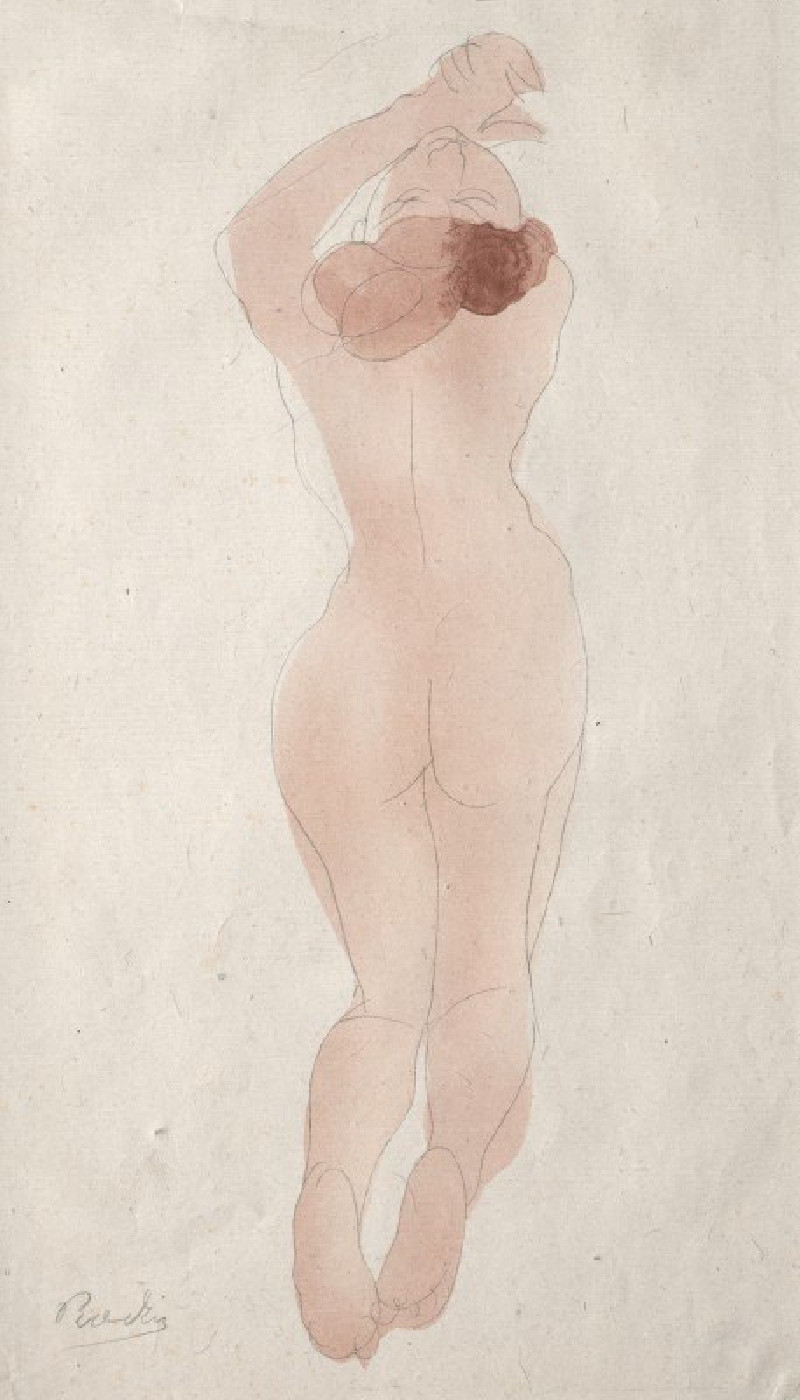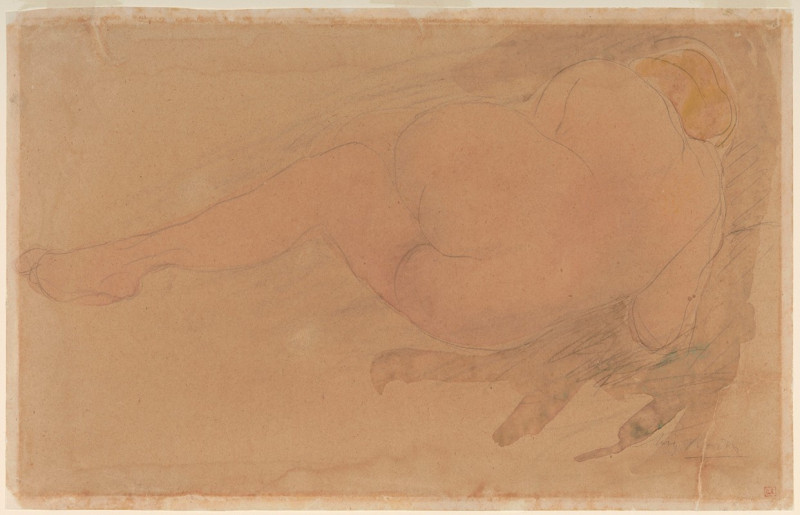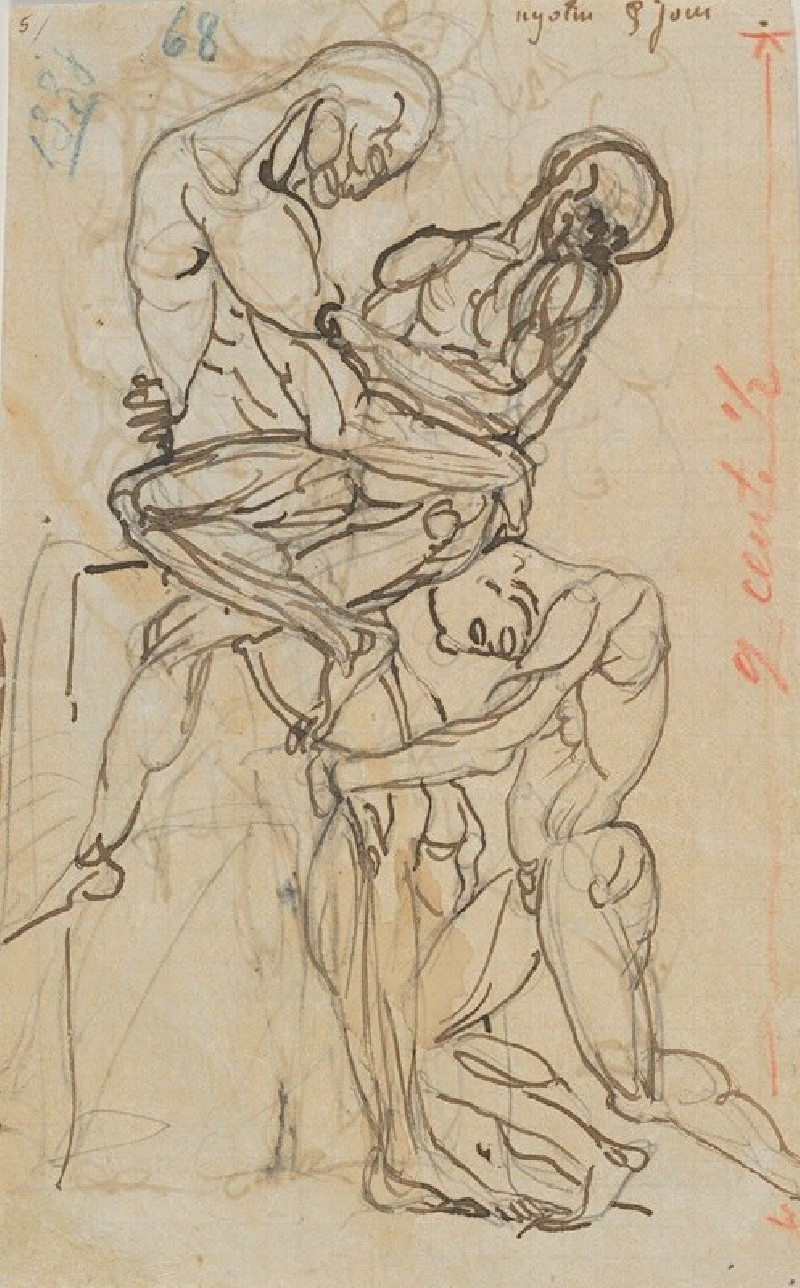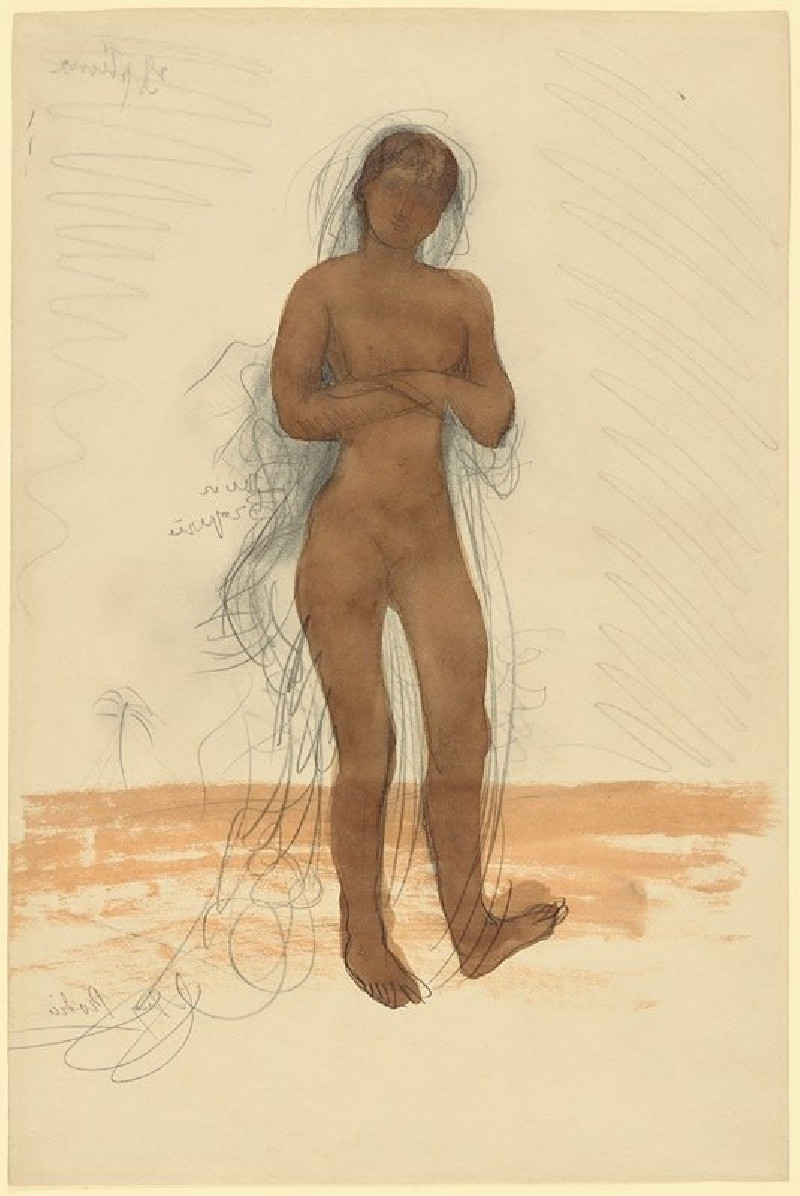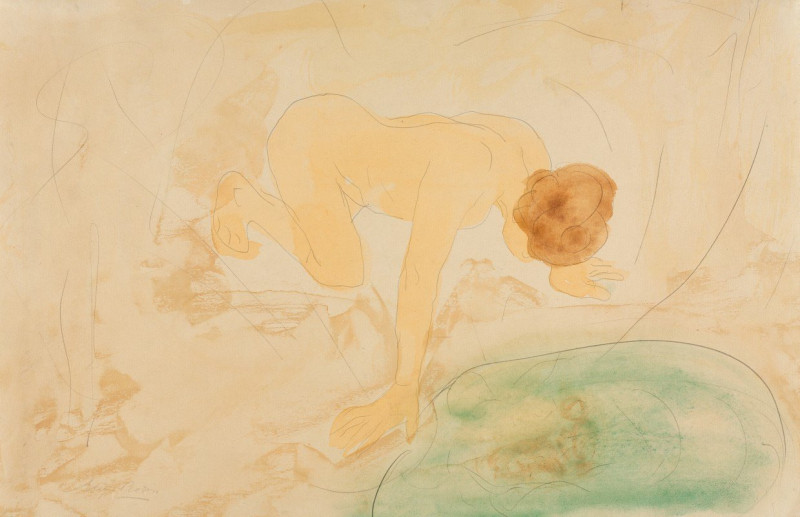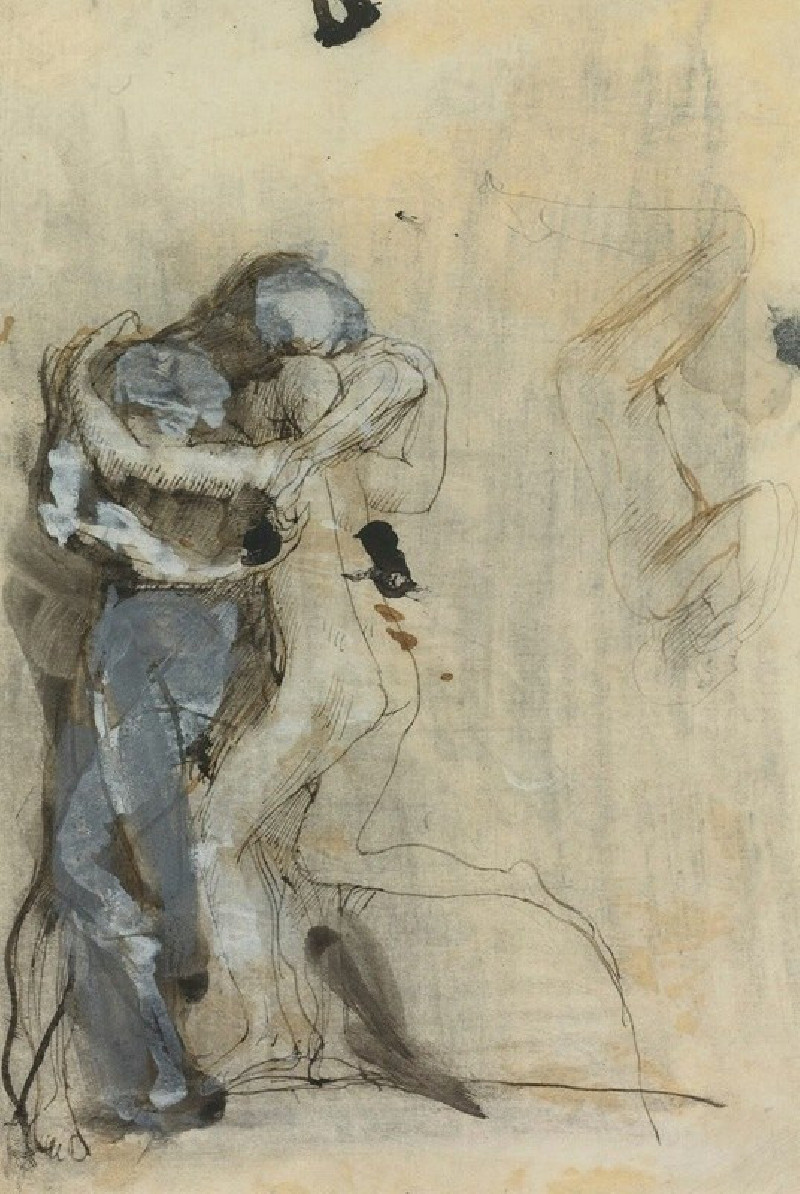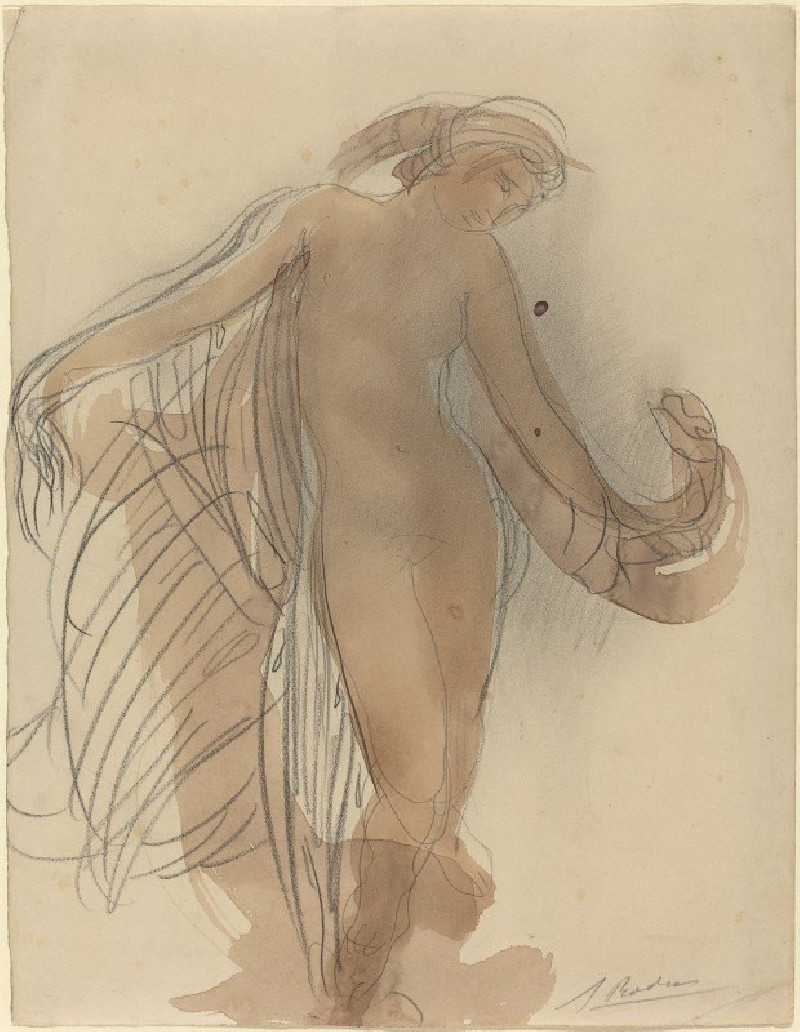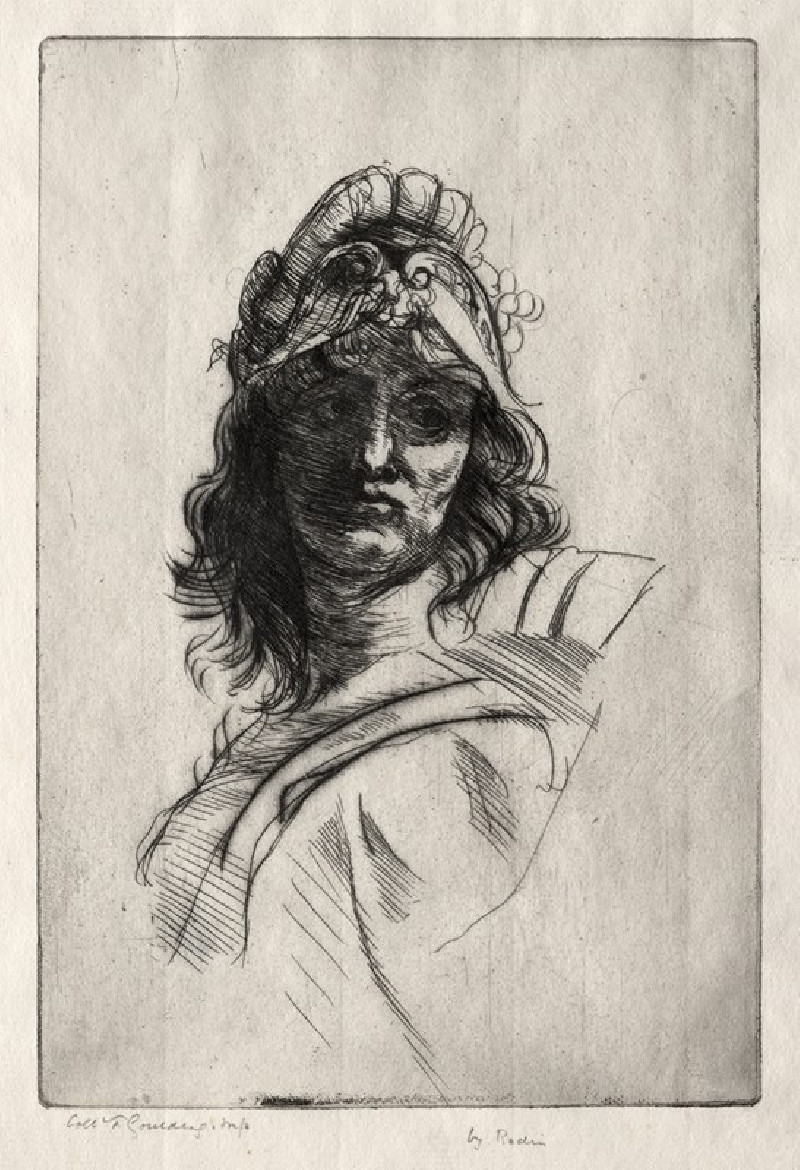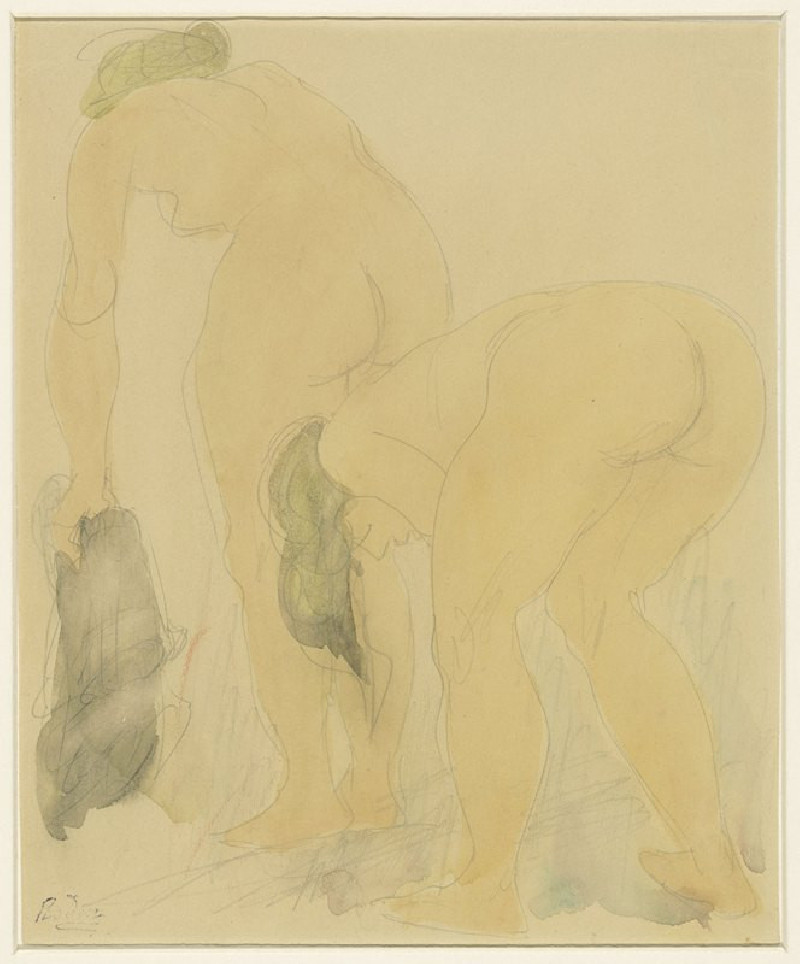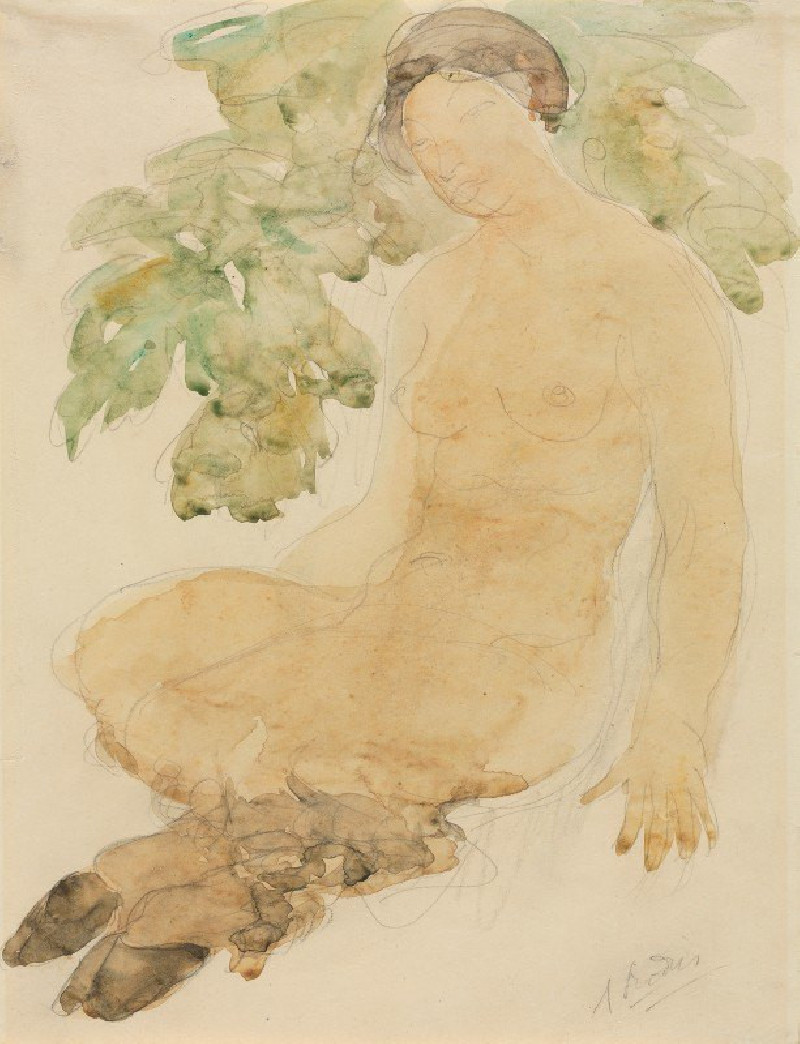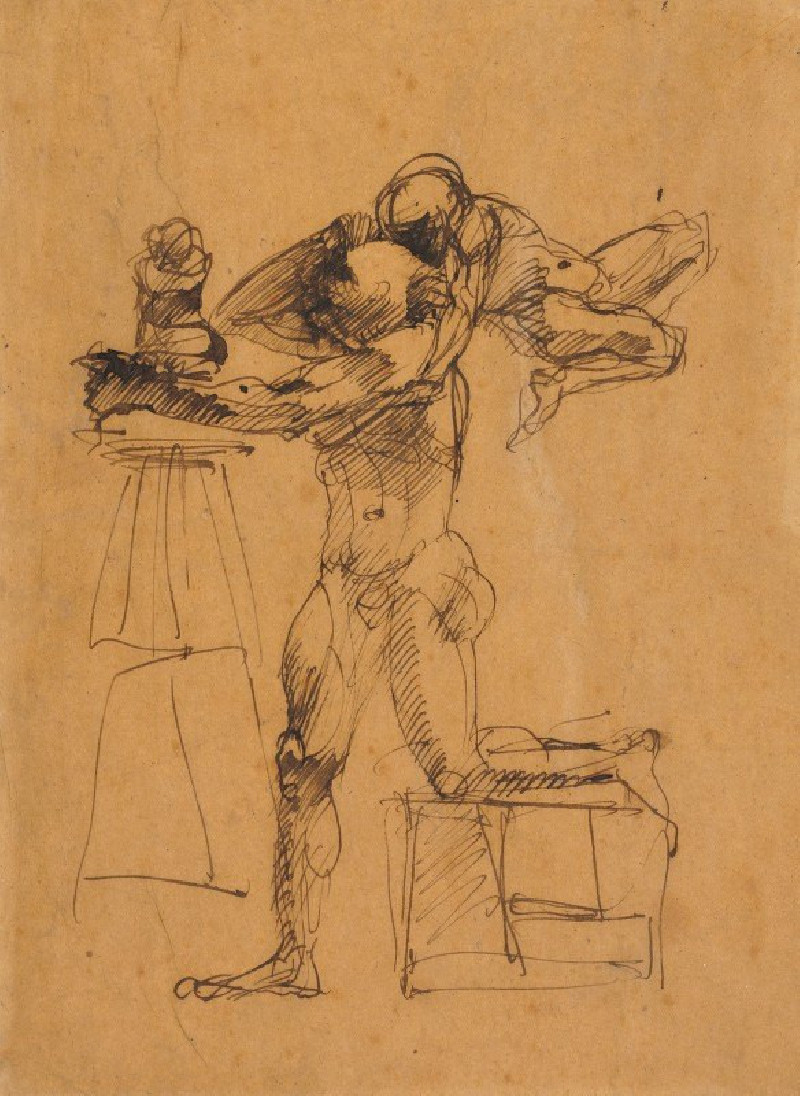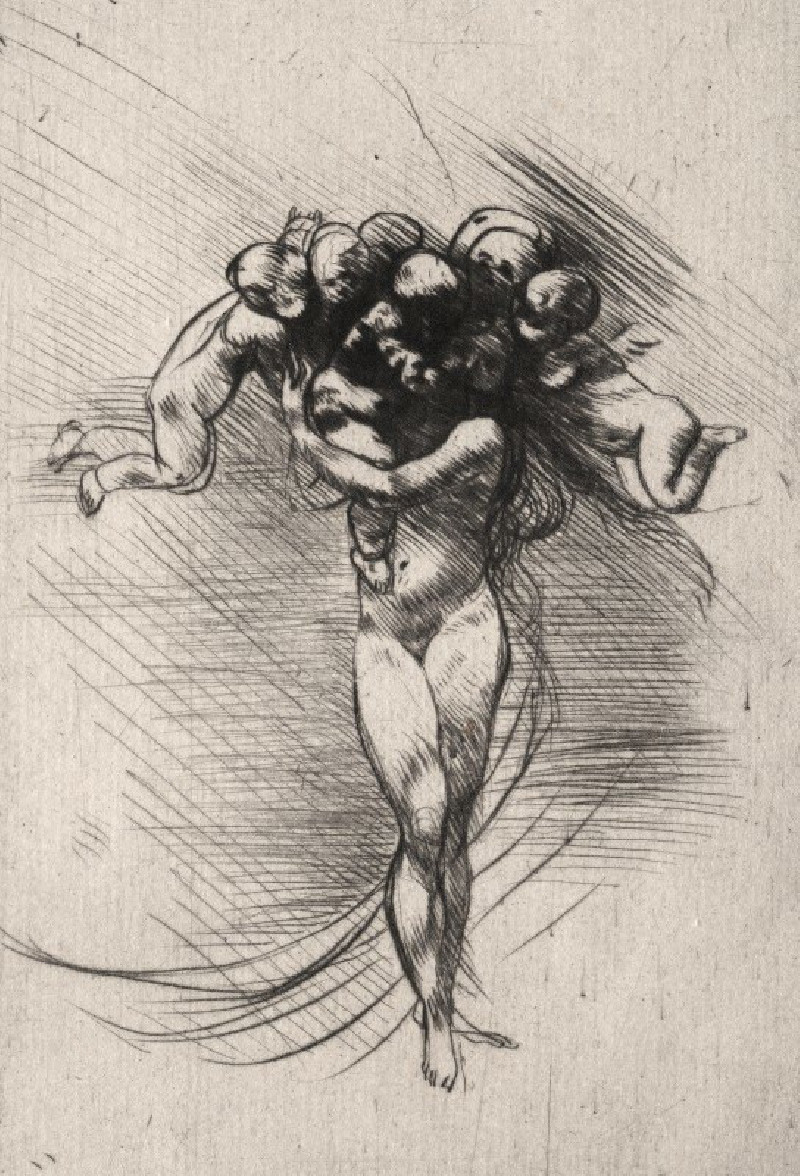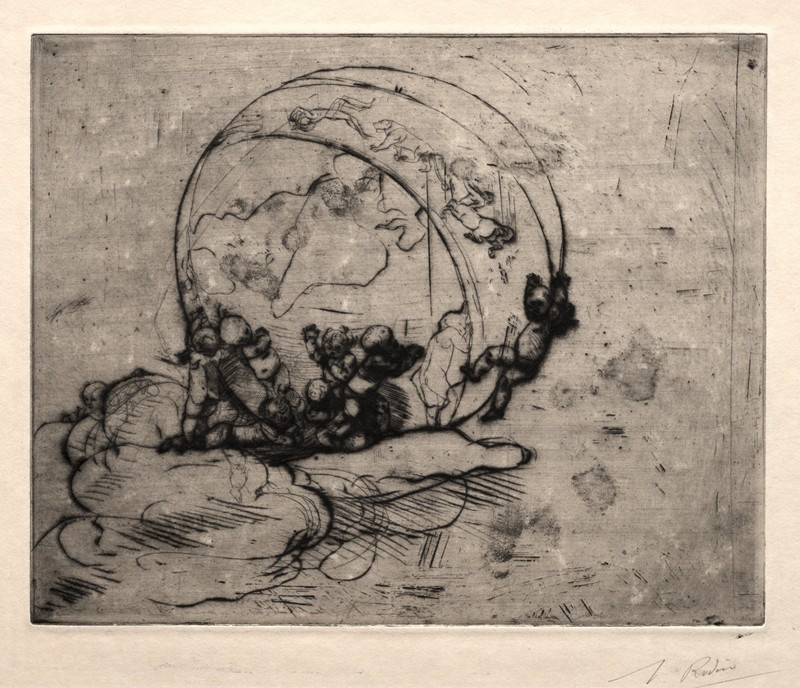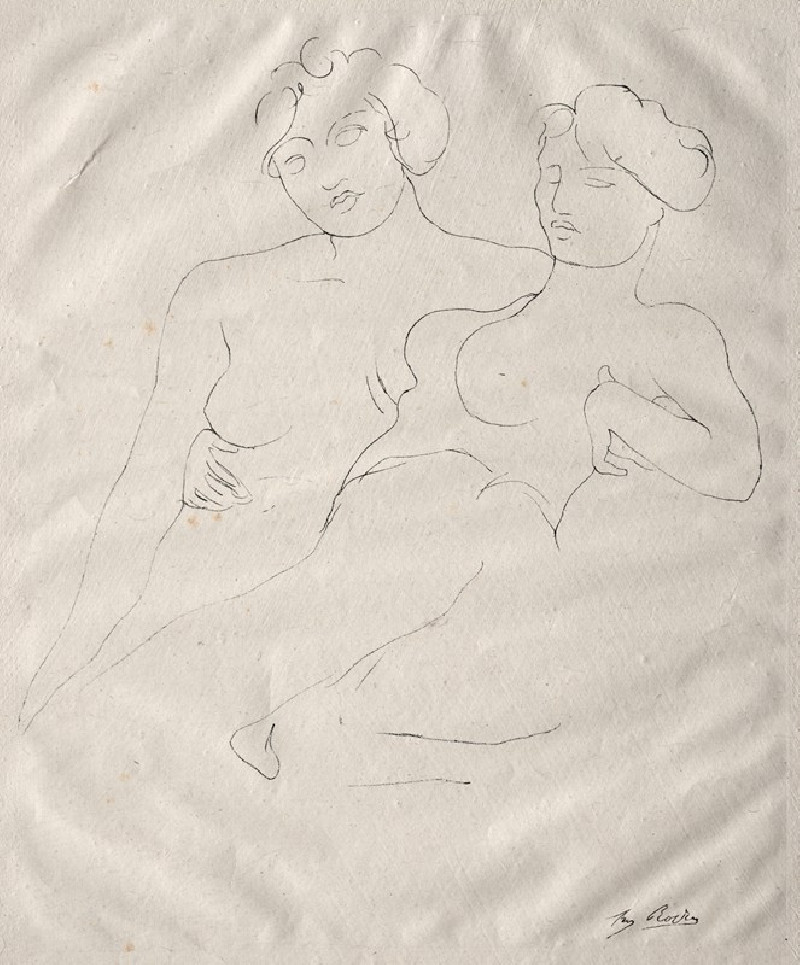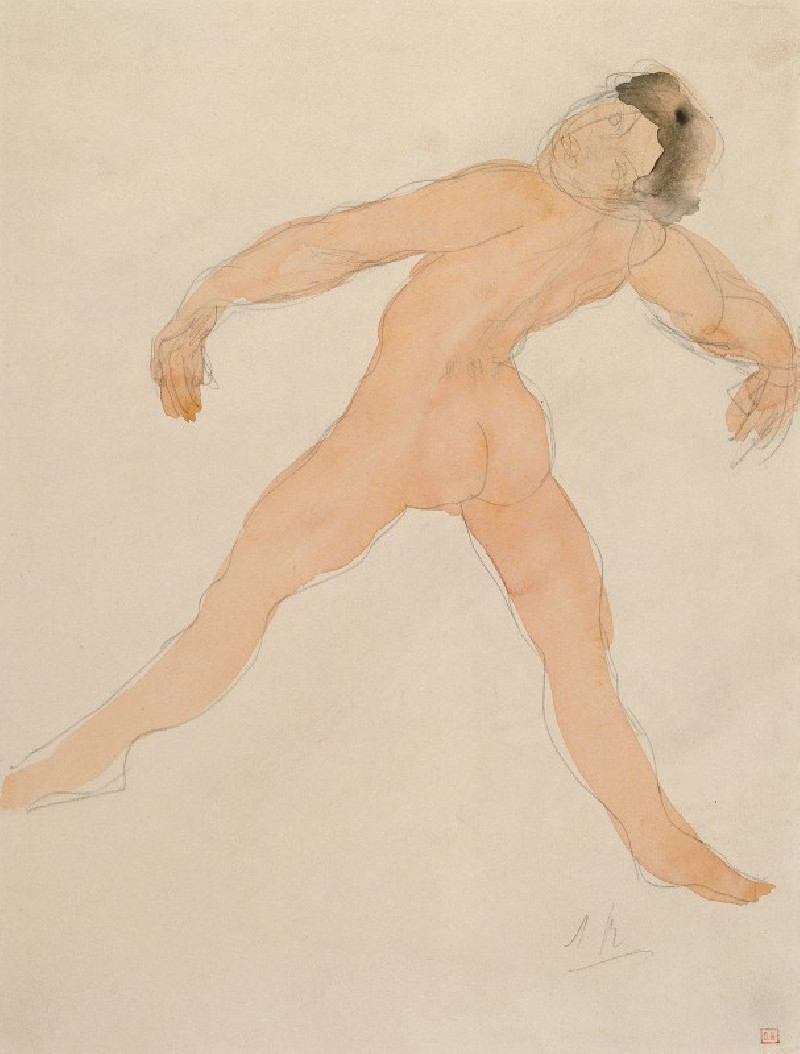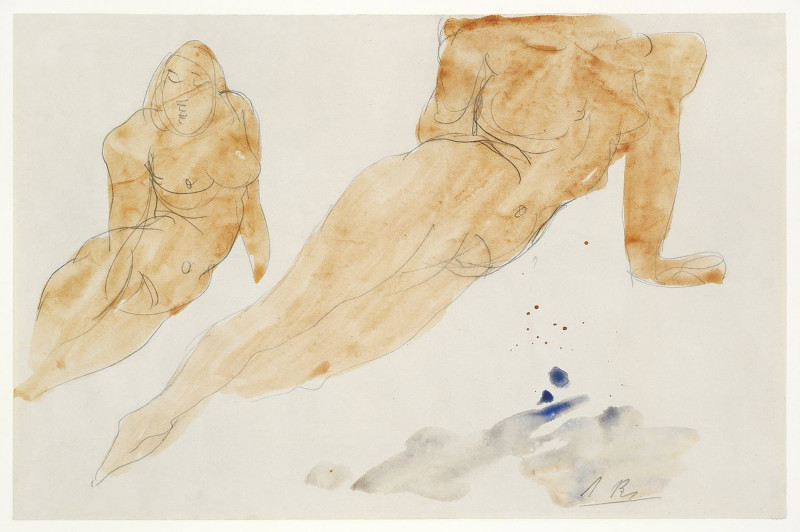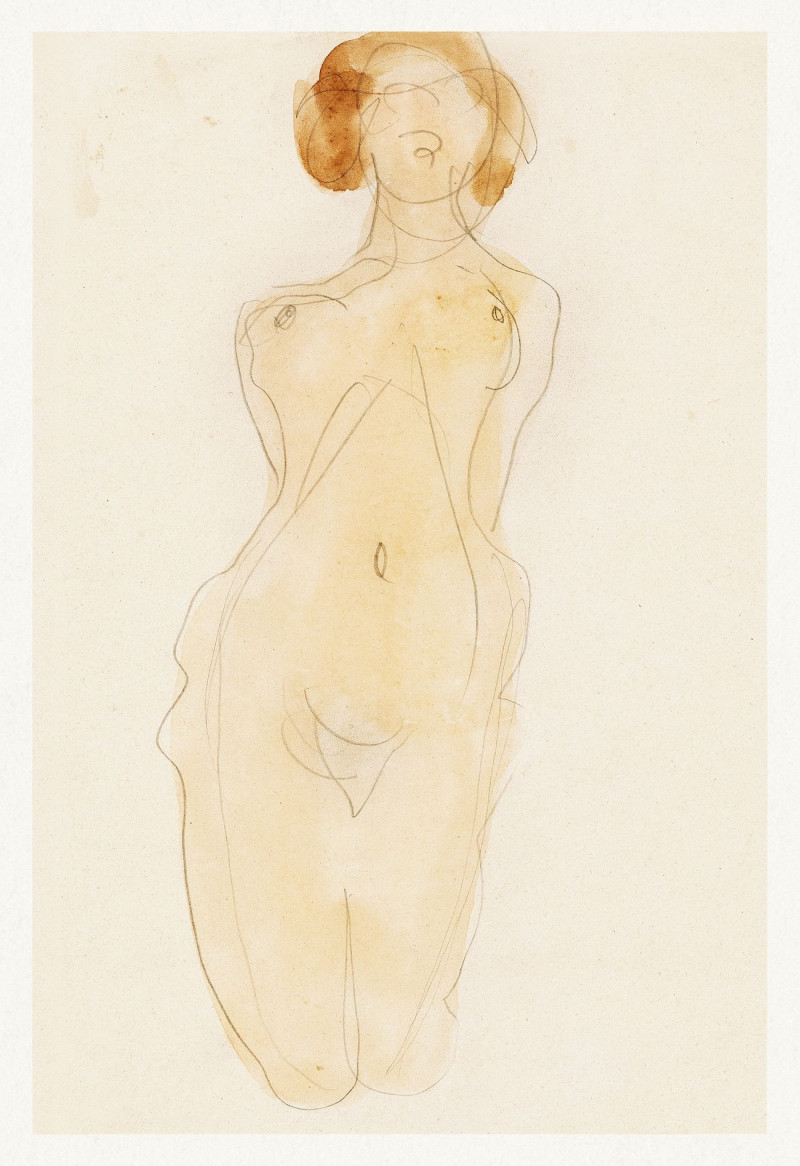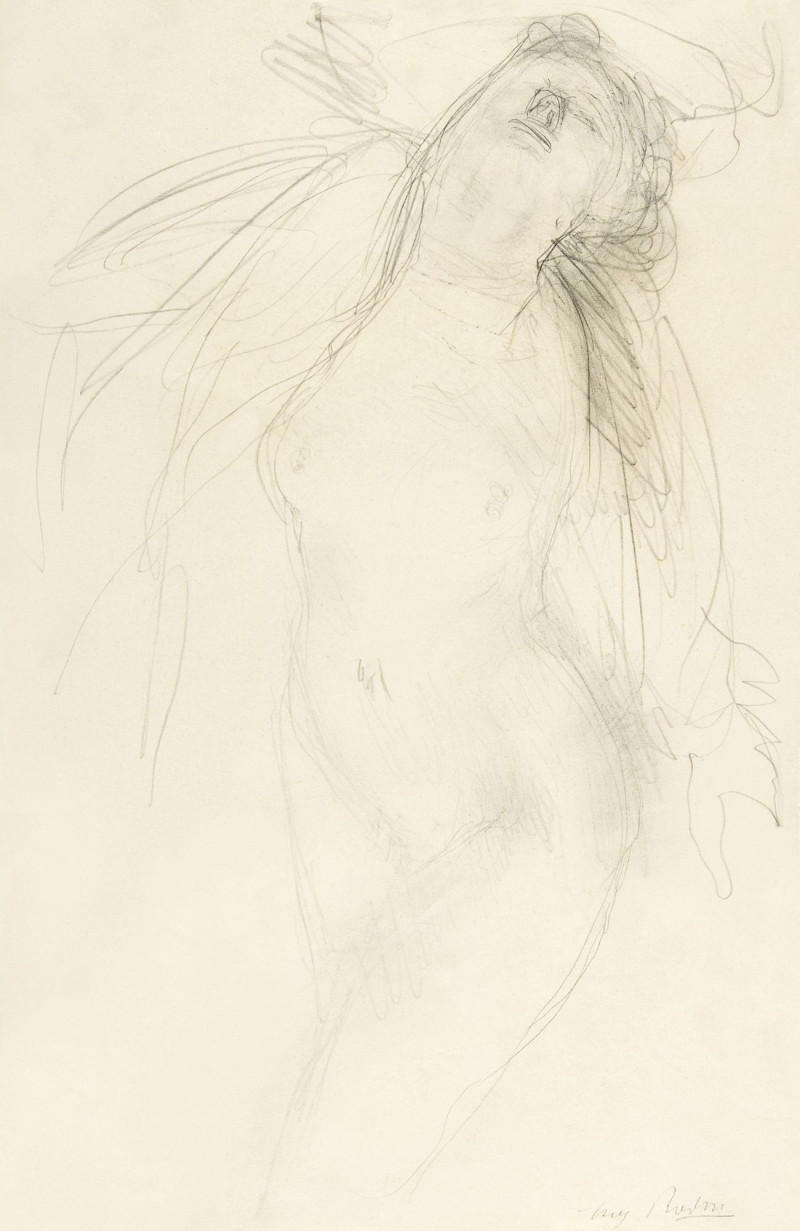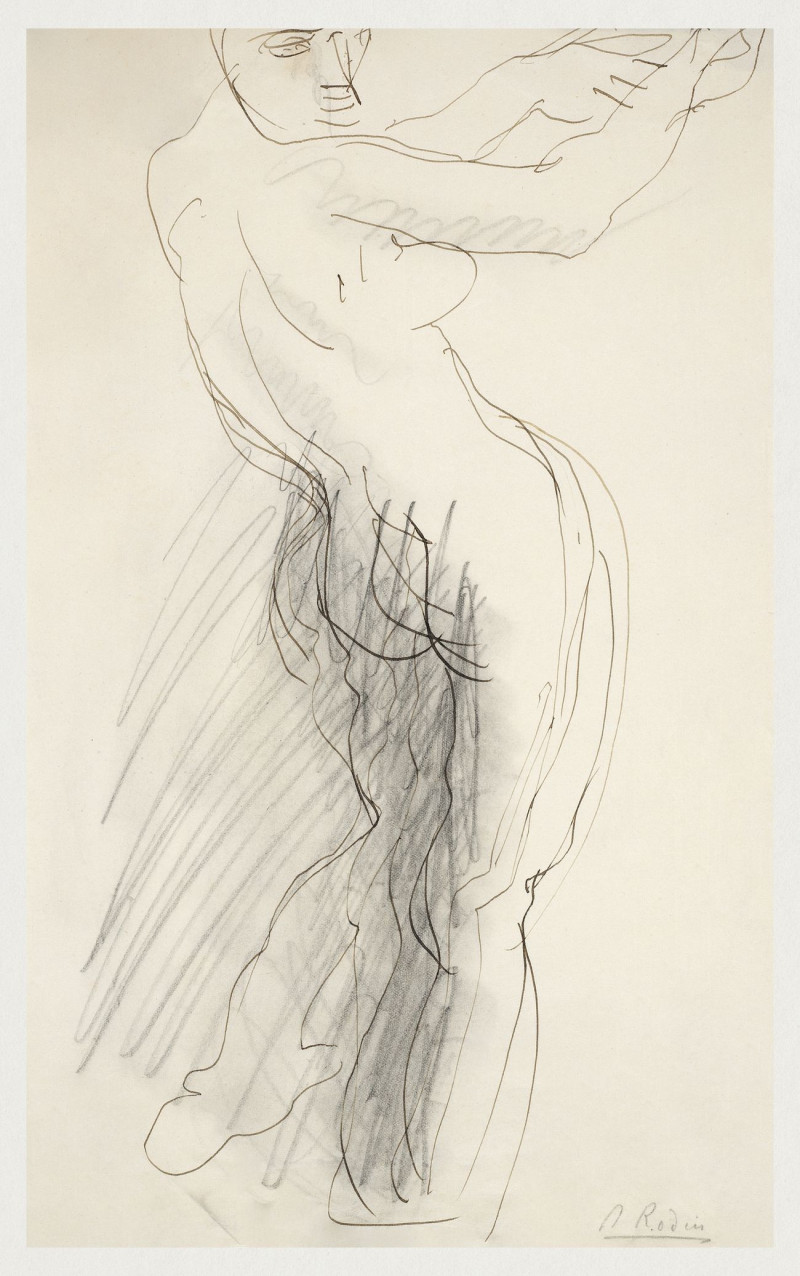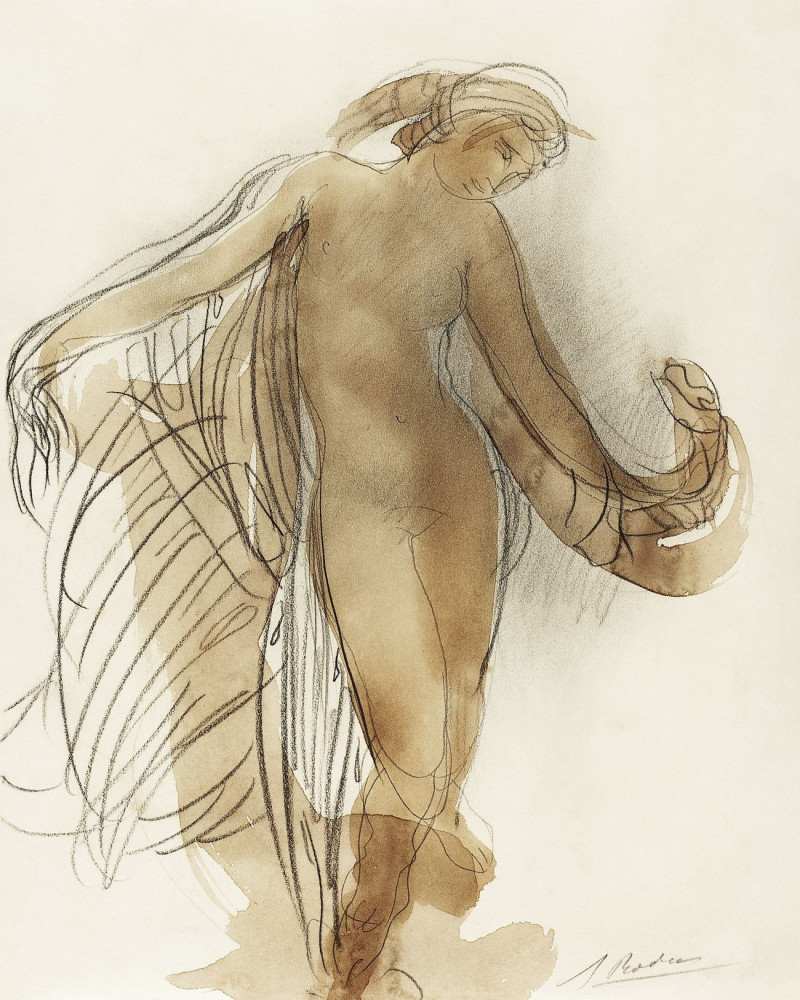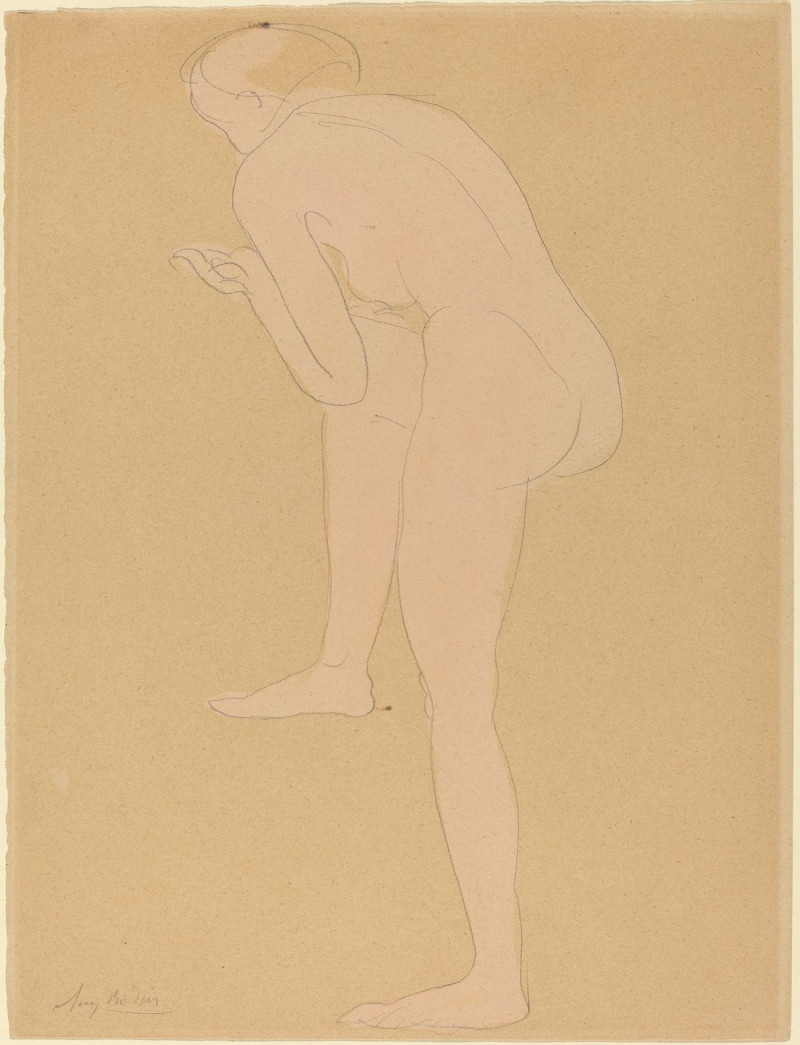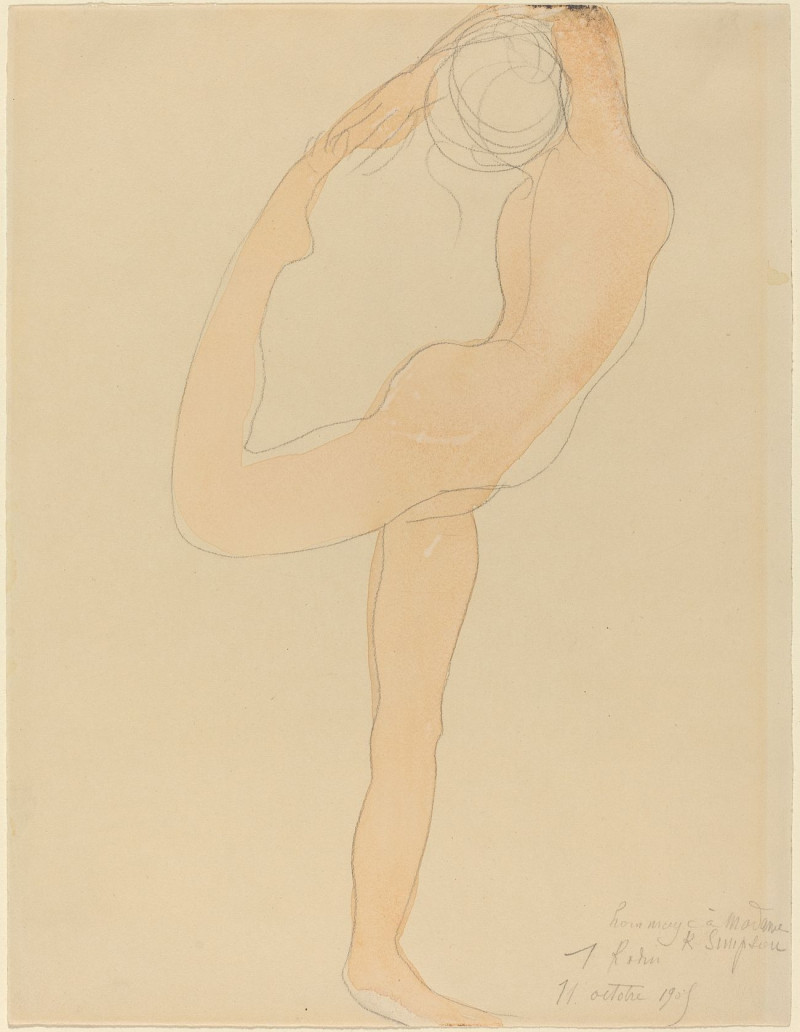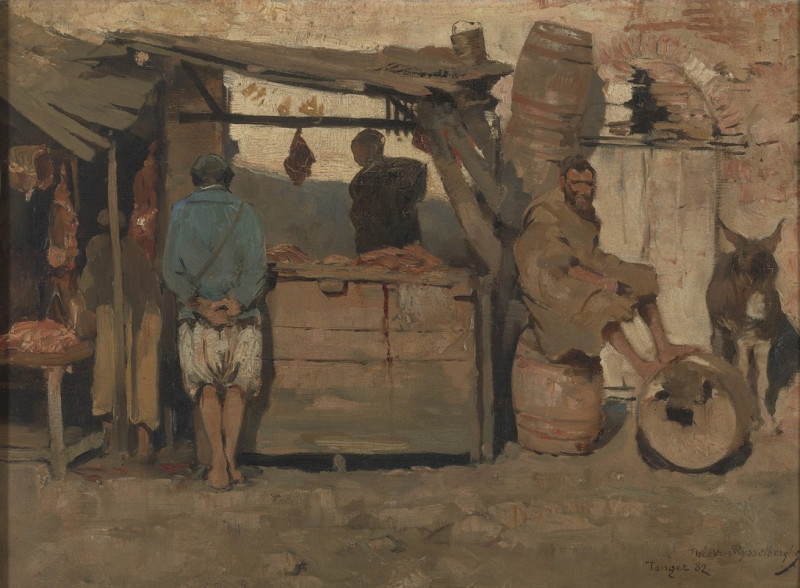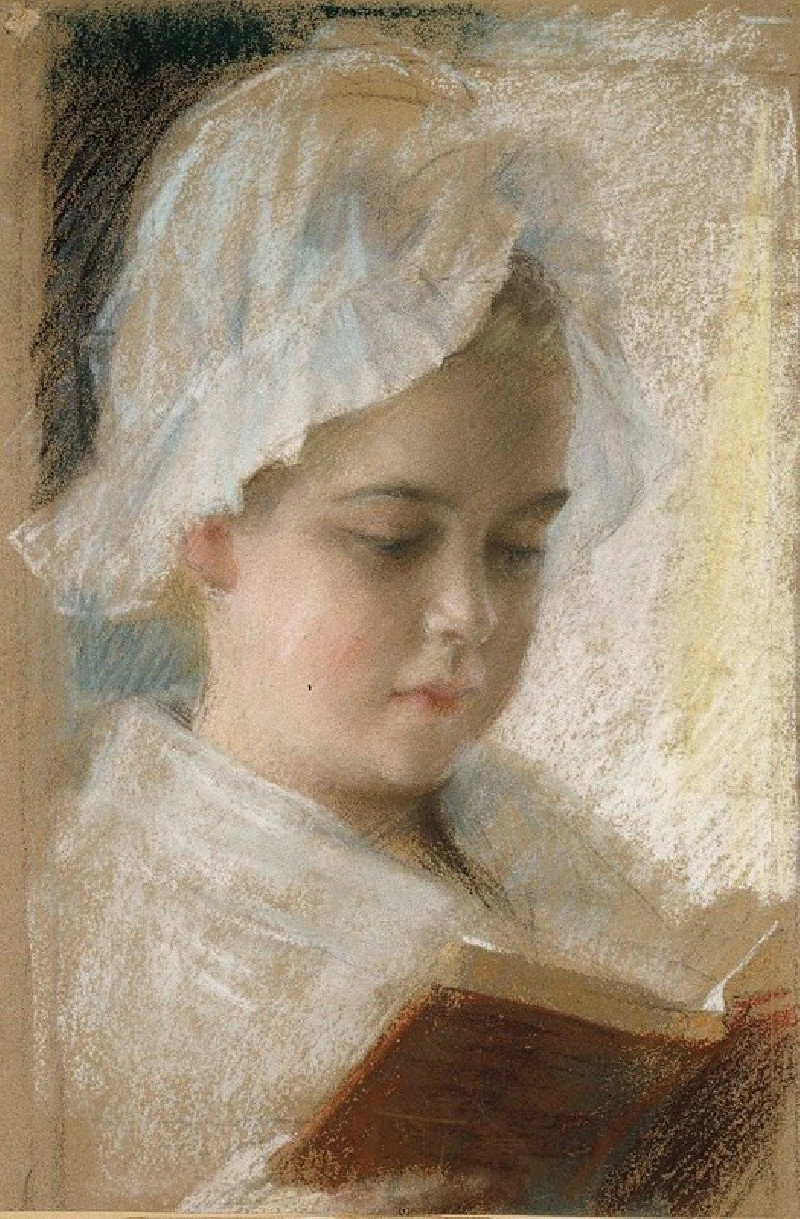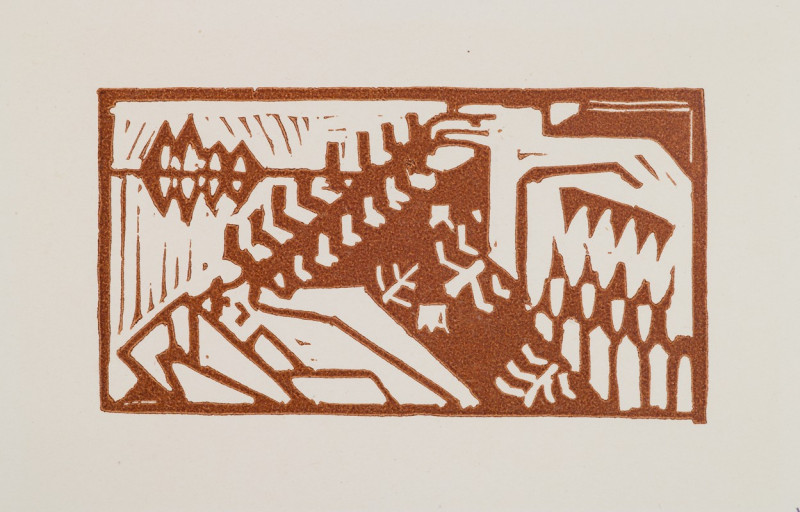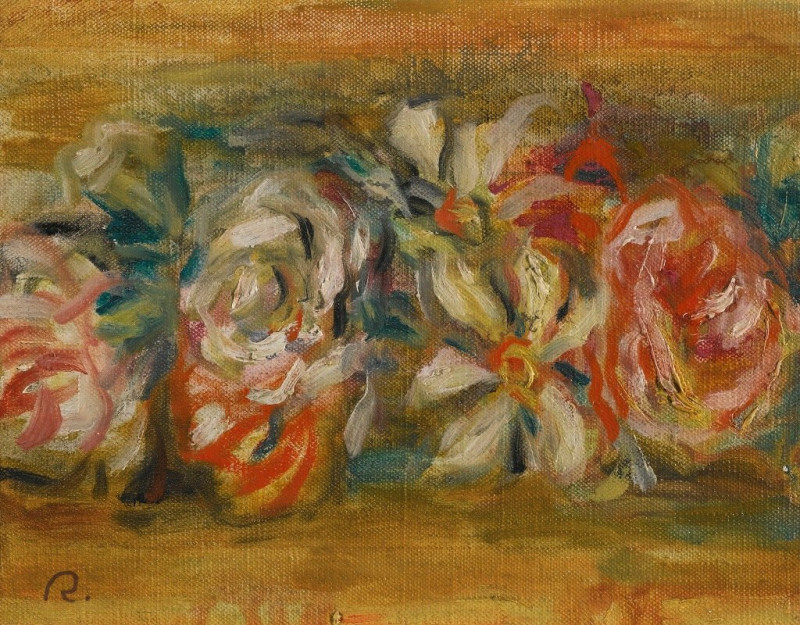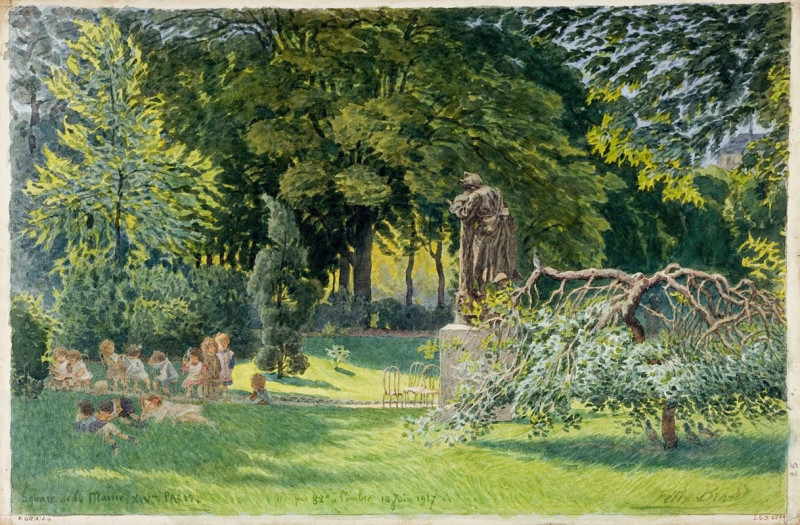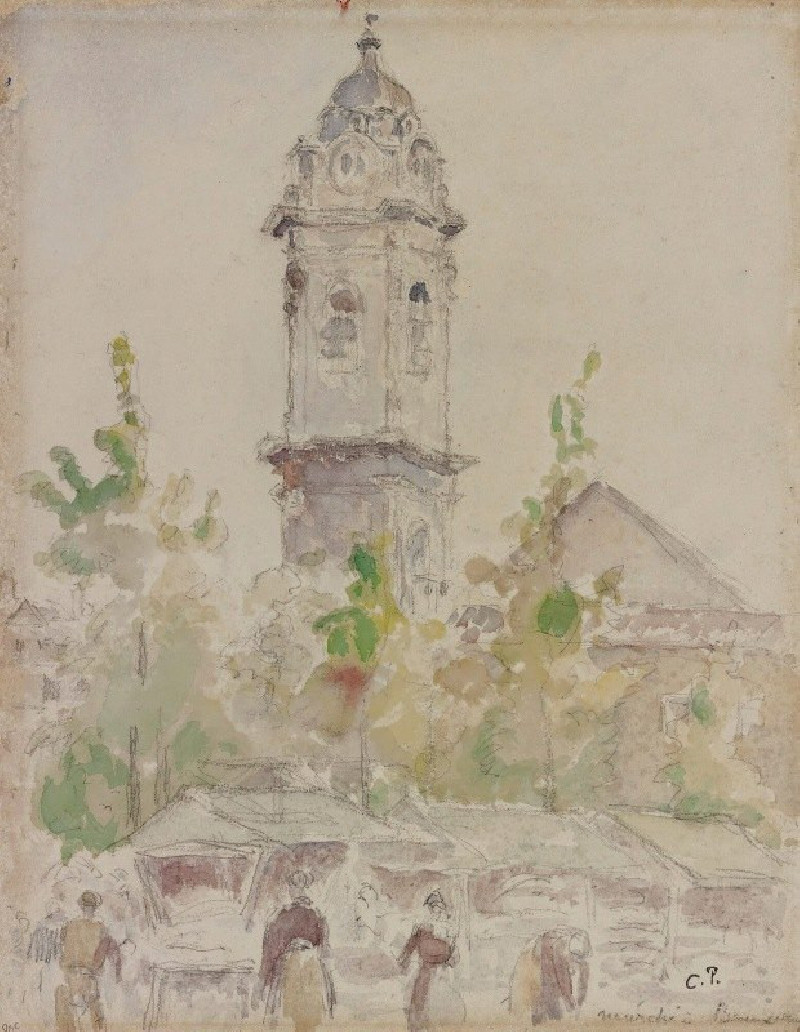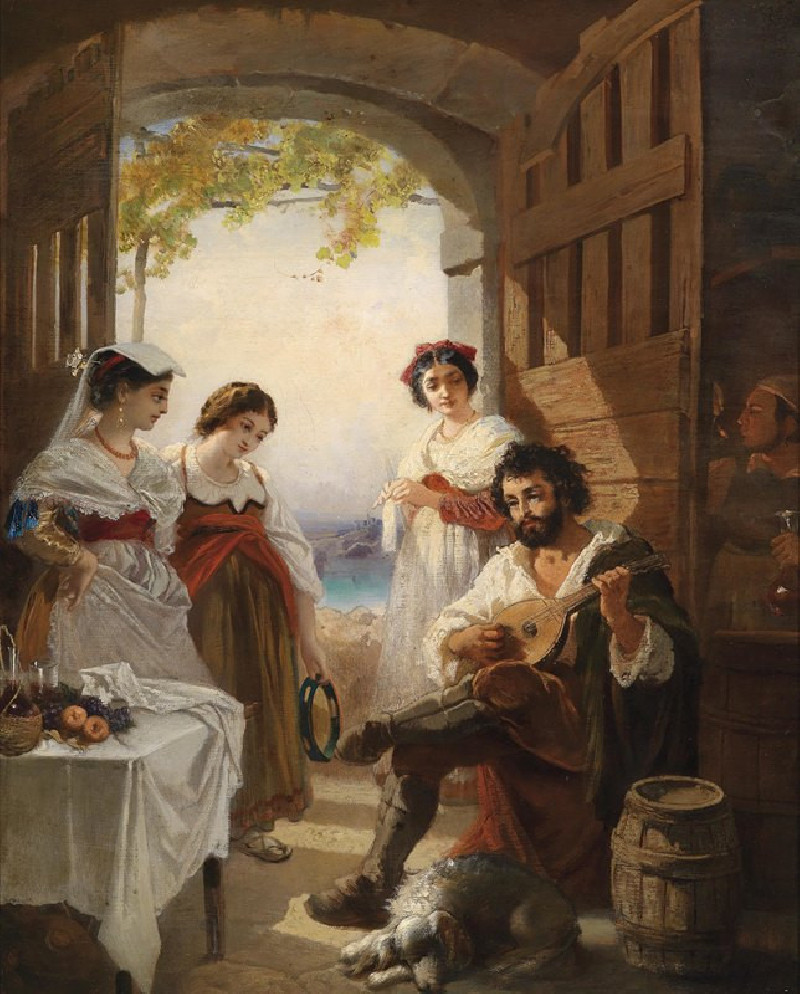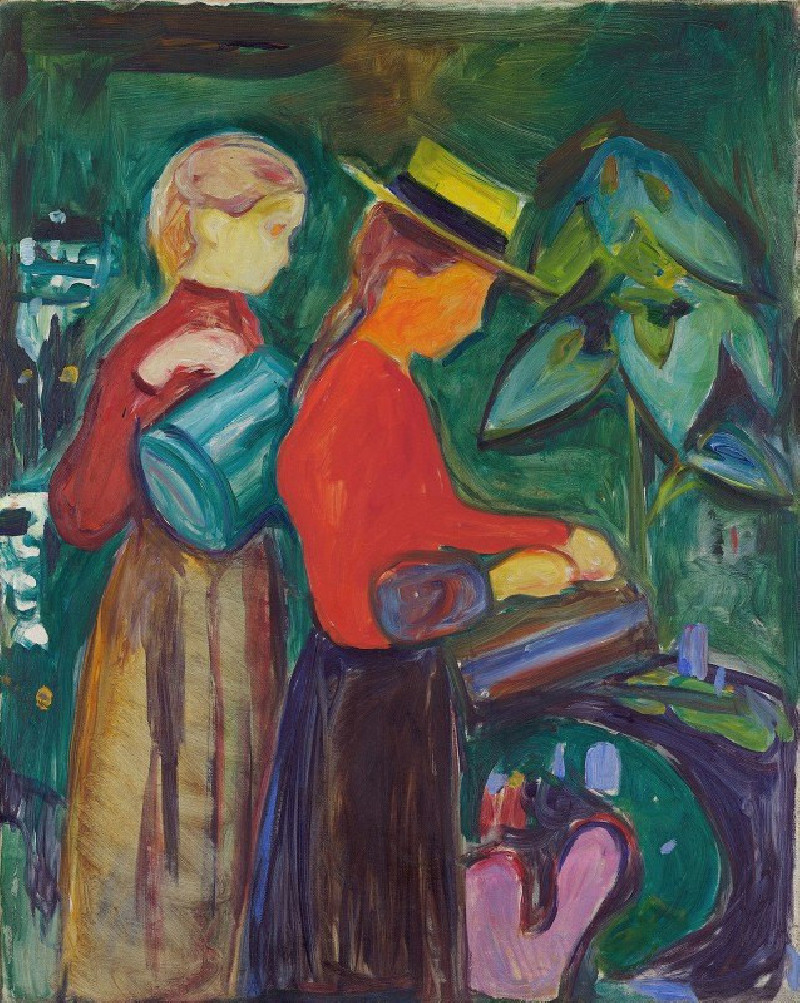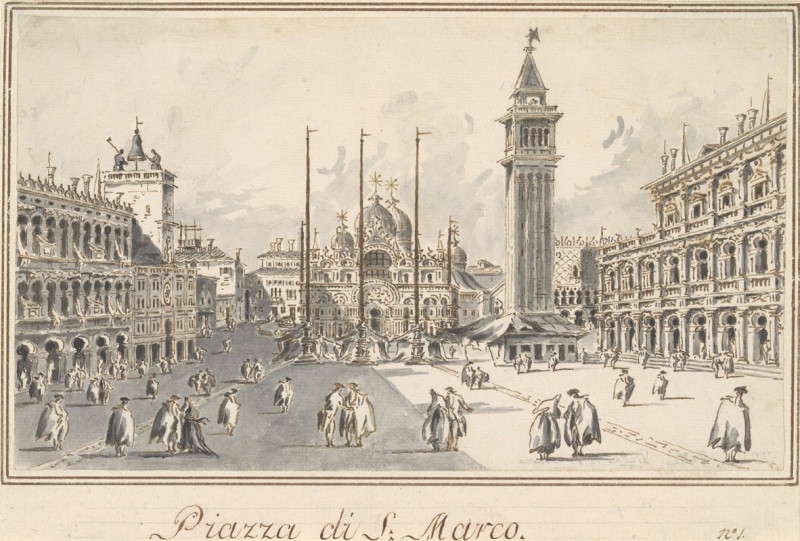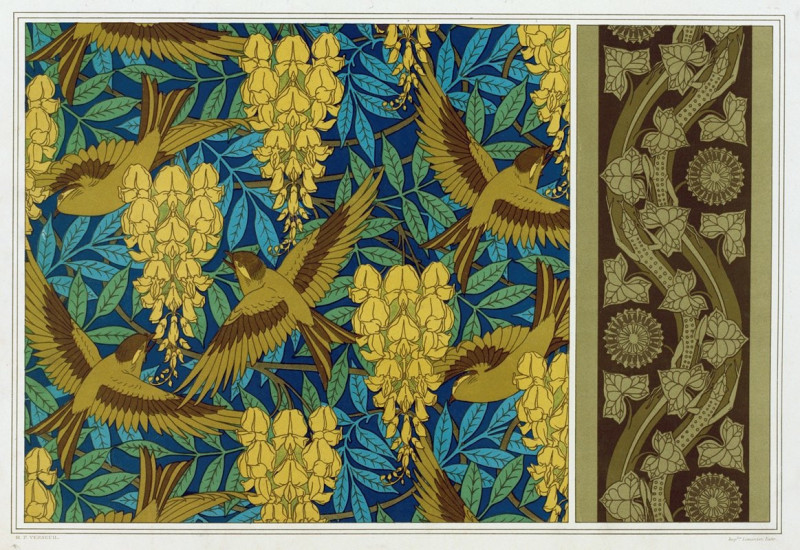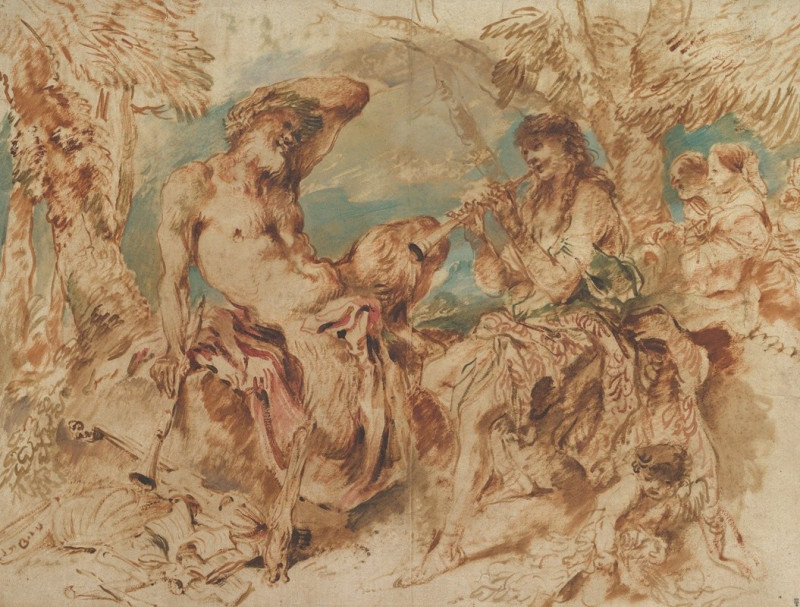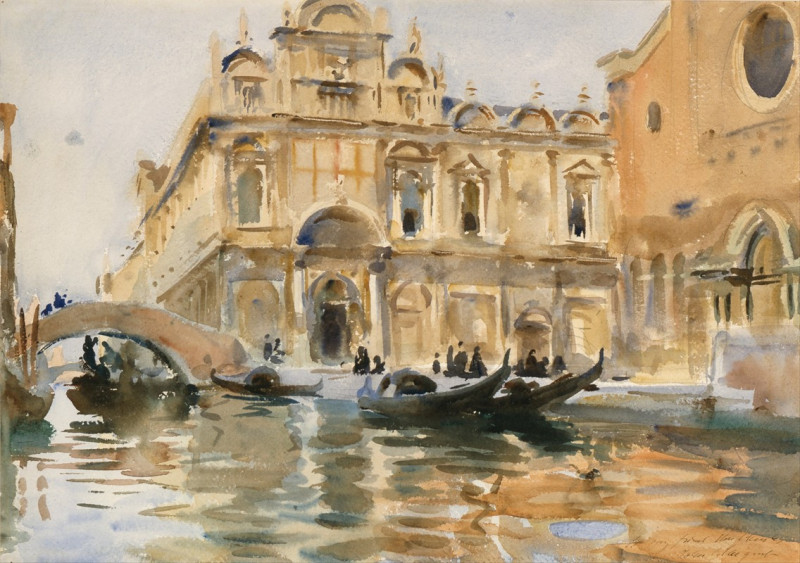Caresse – moi danc, chéri (1902)
Technique: Giclée quality print
Recommended by our customers
More about this artwork
"Caresse – moi donc, chéri" is a captivating drawing by the legendary French sculptor and artist Auguste Rodin, dated 1902. This artwork diverges from Rodin's renowned sculptural works, showcasing his skill and sensitivity in the medium of drawing. The piece features a sensuous depiction of a female figure, seen from behind in a pose that is both delicate and expressive.The woman in the drawing, rendered with minimal lines, stands gracefully with her arms lifted and her head gently tilted, as if caught in a moment of serene movement or dance. The subtlety of the lines emphasizes the contours of her body, highlighting a form that is both robust and sublime. The drawing is embellished with pale color washes that lend a tender warmth to the figure, enhancing the intimate feel of the piece.Rodin's expertise in understanding human anatomy and emotion is evident in this piece. The simplicity and elegance of his technique draws a direct line to the emotive power of his sculptures. "Caresse – moi donc, chéri" invites viewers into a quiet, personal moment, reflecting the artist's deep appreciation for not only the human form but also the human experience.
Delivery
Returns
Rodin was born into a poor family. After earning a living through sculpting decorative stoneworks, he entered art school. He then applied a craftsman-like approach to his work and modeled the human body with the naturalism that latterly became his unique style. Considered as the founder of modern sculpture, Rodin's original works clashed with predominant figurative sculpture from traditional themes of mythology and allegory since he celebrated individual human physicality.

